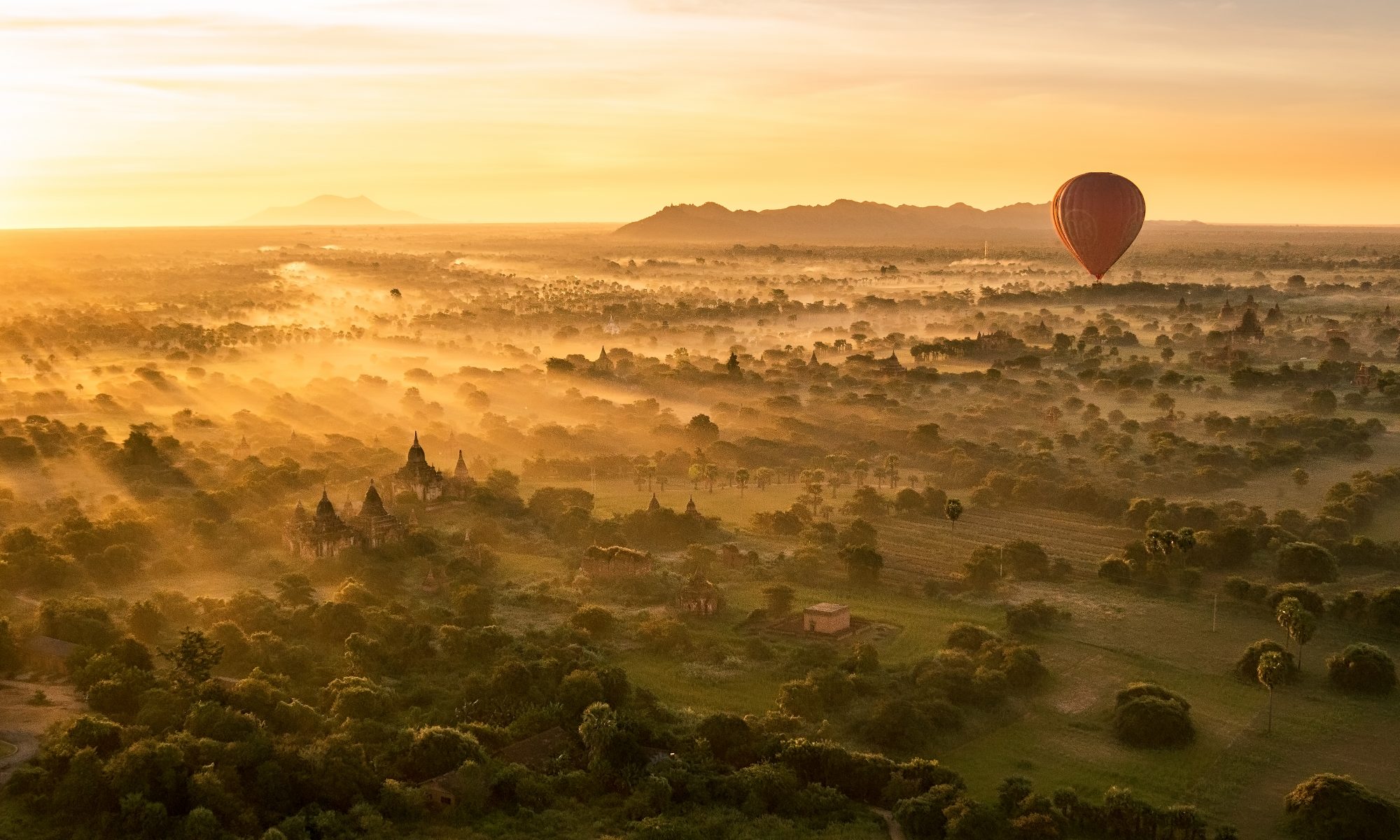It feels a little bizarre to recommend visiting a fish market as a tourist, but Tsukiji Market (aka Metropolitan Central Wholesale Market) in Tokyo is worth the visit. It’s the biggest fish market in the world, and one of the largest wholesale food markets of any type, anywhere. It’s a sprawling complex on the banks of the Sumida River in the Tsukiji area of Tokyo and is a hustling, bustling trade hub.
There are a few things you should know if you plan on visiting.
Get there quickly
Despite a fair amount of opposition, it’s looking like the fish market will be moving away from Tsukiji in late 2016. If you want to see it as it is now (highly recommended), go now before it’s too late.
Get there early

If you’re planning on seeing the daily auctions (and you should plan to do this, this is the main attraction), get there very early. Visitors are split in to two separate groups of 60 people each. The first group will enter the market at around 5:30 with the second visiting at around 6. The official website says registration starts at 5am, but it actually starts much earlier and you will almost certainly miss out if you arrive at 5. Registration consists of being given a coloured vest. Once all the vests are gone, there’s no more space. You cannot reserve a space in advance. My recommendation, and it’s what I did, was to visit on your first day in Japan. I was jet lagged enough that I was awake anyway, so it wasn’t too big a pull to get up at silly o’clock. If you do this, be sure to plan for a power nap at some point in the day, because you’re body is probably going to take one regardless of whether you plan for it or not (I fell asleep on the underground, which I have habit of doing).
A lot of the guides I read before hand recommended getting there for 4am. I’d aim for 3:30 am at the latest to get in the first group. We got there shortly before 4 and were in the second group. You will have to wait in quite a cramped waiting room once your registered but feel free to sit on the floor. There are also toilets outside (head right out of the door, then right again at the road and the public toilets are just before the bridge). After registering I actually wandered around the area for 30 minutes or so.
Know where you’re going

Embarrassingly, we found it a little difficult to locate the registration area. Our taxi dropped us off on Shin-Ohashi-Dori, which is where the market is. It is not, however, where you need to go to register. To register, head to the building marked on the map below. There are signs, but your best bet is to look for the large group of very tired looking people wearing bright waistcoats.
Once you arrive, you are given a multi-lingual information sheet that includes a map of the whole complex. It’s handy, but perhaps a little too late if you’ve already struggled to find the reservations building. You can download a similar sheet on the official website though.
If you want breakfast, be prepared to queue
Getting a delicious fresh fish (sashimi) breakfast at the market seems like an obvious choice. Be warned though, the queues for the more popular eateries can be two hours plus immediately following the auction. If you’re ordering something, definitely go for the fatty tuna sashimi.
If you’re looking for something else to do after the market, Ginza isn’t too far away and is a good place for a bit of shopping therapy.
Be aware that this is primarily a functioning market





The tourist aspects of the market are secondary. This is primarily a functioning market where people earn their living. As such there are some strict rules which are enforced. Read up on these rules before visiting, otherwise you will not be granted entry. Also be aware that you have to walk through large parts of the wider market to get to the auction room and you will encounter vehicles moving quickly through the area. It’s also going to be dark at the time you’re there, so be careful, follow the instructions of the guards and stay with the group.
One other thing to be aware of is that when you’re in the auction room it’s quite a tight squeeze and you need to make some space for yourself. You’re also going to see a lot of dead fish, if you’re squeamish about such things, this may not be for you.
Enjoy the experience

The video above contains some scenes from the market, both inside the auction room and the surrounding area. The auction is remarkable to watch. It’s fast moving, completely unintelligible for those uninitiated in fish auctions (and those who don’t speak Japanese) and fascinating. You can also spot the buyers examining the large tuna that constitute the day’s catch and doing deals all over the complex.
The fish themselves are impressively huge, and there’s a lot of them. There’s also a frenetic energy around the place and interesting things happening everywhere. It’s hard to follow what’s going on, but it doesn’t really matter. I’d recommend walking around some of the small shops inside the larger market complex after seeing the auction to see what the restauranteurs are doing with the catch you just saw being sold as well as to see some unique things for sale. You can also catch a peak in to some of the working areas in the market, which is very interesting.



































